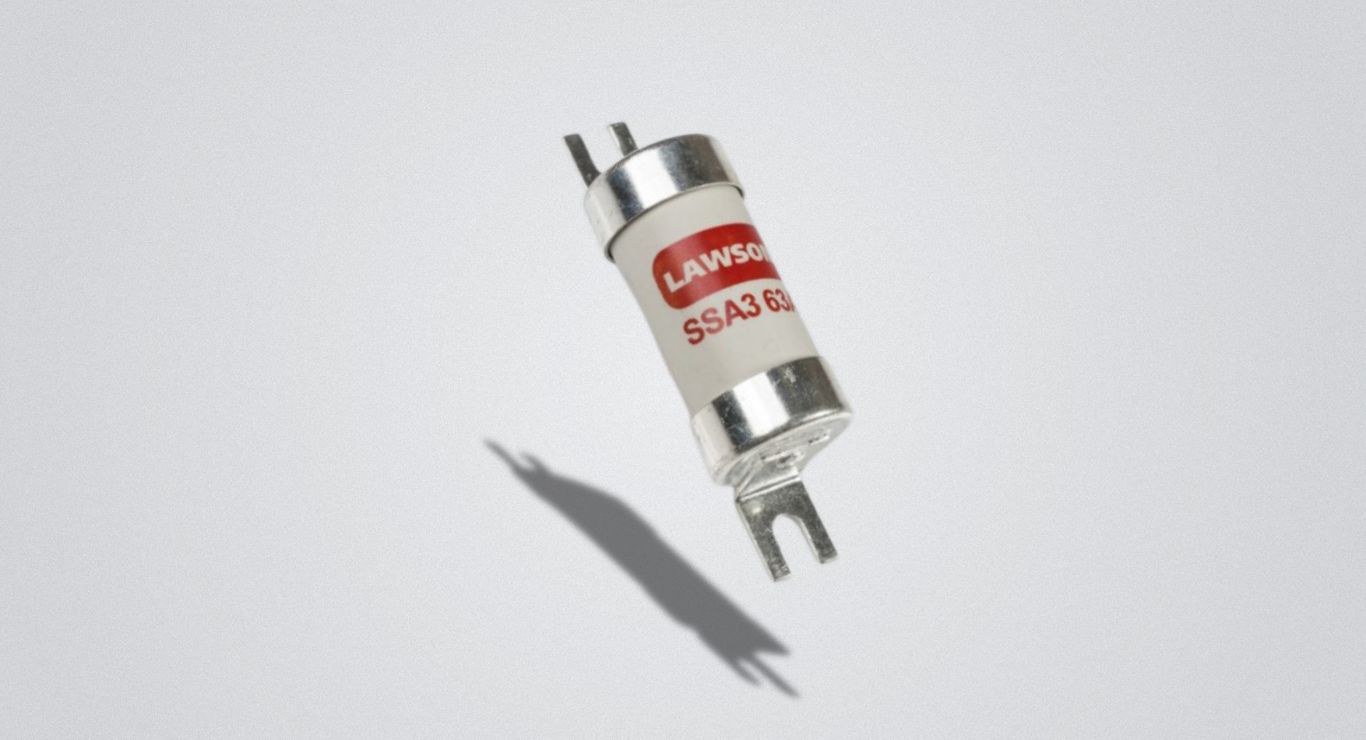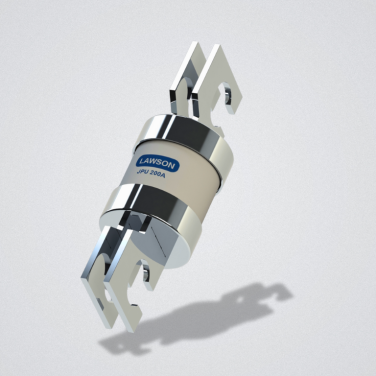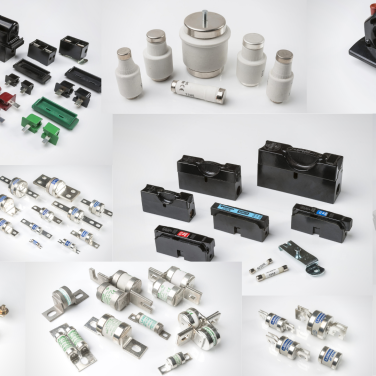BS Type Fuse and DIN Type Fuse – Industrial Applications and Key Differences
BS and DIN are widely used fuse types designed to protect appliances and circuit components from overloads and short circuits. BS (British Standard) and DIN (Deutsches Institut für Normung) refer to different standards that define the physical dimensions, mounting configurations, and key characteristics of the fuse. While BS-type fuses are suitable for both industrial and residential applications, DIN fuses are primarily used in industrial settings.
Understanding the differences between these fuse types is essential for protecting electrical appliances and ensuring safety. Using the correct fuse and fuse holder provides adequate protection against electrical hazards, helping to prevent fires and explosions. This blog outlines the key differences between BS and DIN fuses to give you a comprehensive overview.
Characteristics of BS Type Fuses and Their Industrial Applications
BS stands for British Standard, and fuses manufactured to this standard are used in both low-voltage (230/240V, 400/415V, 500V, 690V) applications. BS-type fuses are known for their reliability and high performance in protecting industrial and residential systems from overcurrent. Key characteristics include:
- Standardised Design
BS standard fuses have a globally accepted design. They are commonly used in the UK, Ireland, Commonwealth countries, and Middle Eastern nations including India, South Africa, Nigeria, UAE, Oman, Qatar, Kuwait, and others. The BS standard includes BS 1362, BS 1361, BS 88 (88-1, 88-2), BS 646, and BS 60269. - Breaking Capacity
BS fuses are available with breaking capacities of 20kA, 40kA, and 80kA, suitable for both high- and low-voltage applications. - Current Ratings
BS fuses range from 2A to 800A, allowing for selection based on specific application requirements. - Voltage Ratings
Compact fuse links are rated at 240V and 415V, while industrial fuse links can reach up to 690V. - High Current Rupturing Capacity
Most BS-type fuses fall under the HRC (High Rupturing Capacity) category due to their ability to handle high fault currents. They are commonly used in industrial equipment, motors, and electrical distribution systems. - Physical Characteristics
BS fuses feature a durable cylindrical body with metal contacts at each end. Contact types include:
- Simple metal end caps
- Blade or knife contacts (ideal for HRC applications)
- Bolted contacts (for robust industrial connections)
Characteristics of DIN Type Fuses and Their Industrial Applications
DIN fuses, based on German standards, are primarily used in industrial applications and rarely in residential settings due to their high voltage ratings. Key characteristics include:
- Standardised Design
DIN fuse dimensions, design, and performance are defined by German standards and widely accepted across Germany and other European countries. - Breaking Capacity
DIN fuses in the gG utilisation category offer a high breaking capacity of up to 120kA, making them ideal for medium- to high-voltage applications. - Current Ratings
DIN fuses are designed to safely conduct high current without melting, making them suitable for industrial and power supply applications. They are also available in lower ratings for residential use. Current ratings include (but are not limited to): 32V, 40V, 50V, 63V, 80V, 100V, 125V, 160V, 200V, 250V, 315V, 355V, 400V, 500V, and 630V. - Voltage Rating
With a voltage rating of up to 500V, DIN fuses are suitable for industrial motors operating between 230V and 480V. - High Current Rupturing Capacity
DIN fuses are reliable HRC fuses with strong arc-quenching capabilities and can safely interrupt fault currents up to 120kA. - Physical Characteristics
DIN fuses have a ceramic outer body for durability and heat containment, preventing explosions and fire hazards. They feature knife or blade-type contacts and a specific cylindrical shape.
Fuses Made to Global Standards by Lawson Fuses
When selecting a fuse manufacturer, factors such as technical expertise, industry experience, precision design, and custom solutions are essential. Lawson Fuses meets all these criteria, delivering optimised electrical safety for industrial, residential, and commercial needs. With over 80 years of experience, we are a leading supplier of industrial fuses, offering cost-effective and highly customised solutions across various sectors.
Whether you require HRC fuses, compact general-purpose fuses, or durable fuse holders, we’ve got you covered. Simply visit our website, complete the enquiry form, and our experts will provide tailored solutions.
FAQs
Q1: What are HRC fuses, and how do they differ from standard fuses?
A: HRC fuses are designed to handle high fault currents where standard fuses may fail. With breaking capacities ranging from 80kA to over 120kA, they offer superior protection.
Q2: What are electrical arcs, and how do BS and DIN fuses protect against them?
A: Electrical arcs occur when current attempts to pass through a broken fuse, generating extreme heat and potentially causing explosions. BS and DIN fuses contain quartz or sand that reacts with the molten wire to form a resistant substance, effectively suppressing the arc.
Q3: How do I choose the right type of fuse?
A: Choosing the correct fuse is vital for safety. Consider the following:
- Voltage Rating: Must match or exceed your circuit voltage
- Current Rating: Should carry normal operating current without blowing
- Fuse Type: Fast-blow for sensitive electronics; slow-blow for motors or high inrush circuits
- Breaking Capacity: Must safely handle potential short-circuit currents
- Standards: Select BS, DIN, or IEC based on your region and equipment
At Lawson Fuses, our experts are here to help you choose the right fuse for your needs.
For more news and information, please click here.


